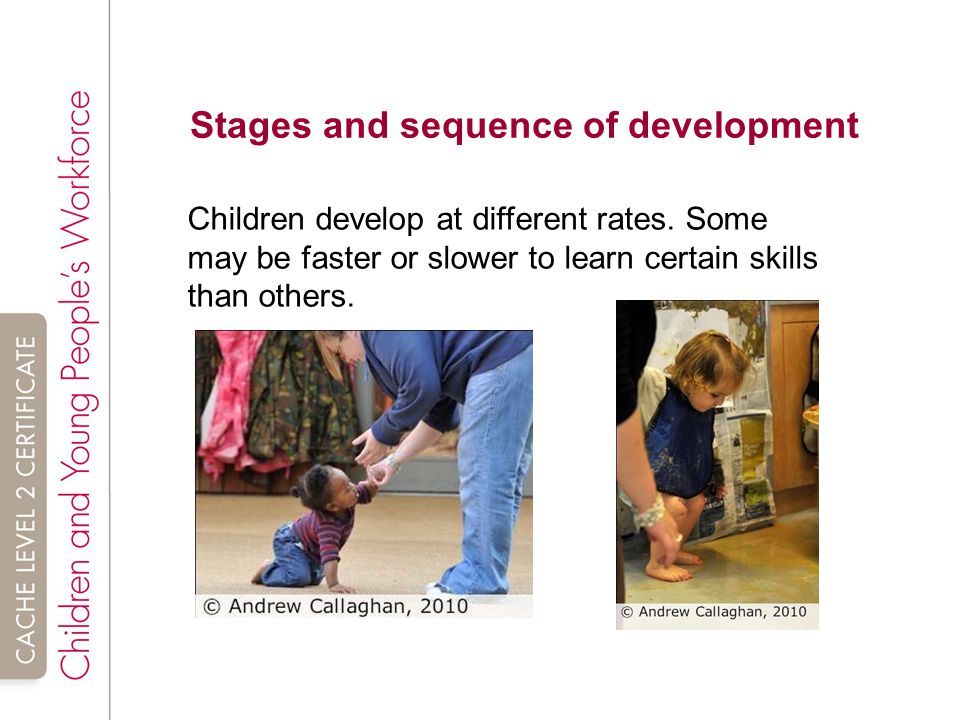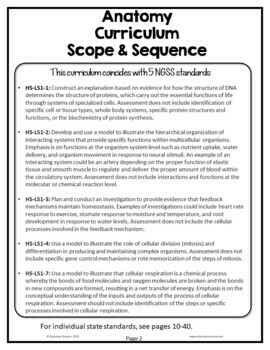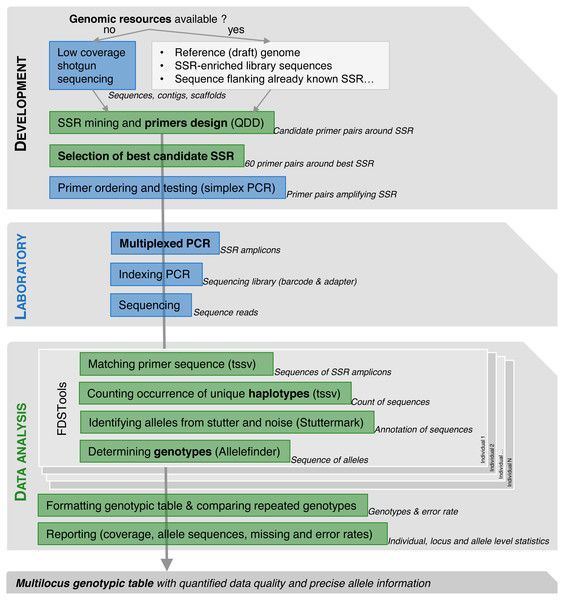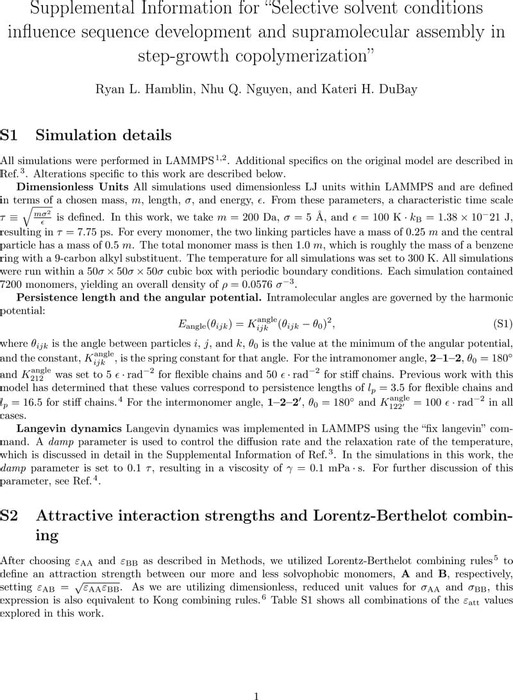Sequence and rate of development refer to the specific order in which children develop various skills and abilities, as well as the pace at which they acquire those skills. Understanding these concepts is important for parents, educators, and healthcare professionals, as it allows them to identify any potential developmental delays or deviations from the typical sequence of development.
There are several key areas of development that children typically progress through in a predictable sequence. These include physical, cognitive, language, and social-emotional development.
Physical development refers to the changes in a child's body, including growth in size and the development of gross and fine motor skills. Gross motor skills involve the use of large muscles, such as those used for walking, running, and throwing a ball. Fine motor skills involve the use of smaller muscles, such as those used for writing, drawing, and manipulating small objects. Physical development follows a predictable sequence, with infants first learning to lift their head and roll over, followed by sitting up, crawling, and eventually walking.
Cognitive development refers to the changes in a child's ability to think, reason, and solve problems. This includes the development of memory, attention, and perception, as well as the ability to understand and process new information. Cognitive development follows a predictable sequence, with infants first developing simple problem-solving skills, such as reaching for an object, and then progressing to more complex skills, such as solving puzzles and engaging in make-believe play.
Language development refers to the changes in a child's ability to understand and use language to communicate. This includes the development of vocabulary, grammar, and the ability to understand and follow instructions. Language development follows a predictable sequence, with infants first babbling and making simple sounds, followed by the development of single words and then complex sentences.
Social-emotional development refers to the changes in a child's ability to understand and express emotions, as well as to form and maintain relationships with others. This includes the development of self-awareness, empathy, and the ability to regulate emotions. Social-emotional development follows a predictable sequence, with infants first showing simple emotions, such as happiness and anger, and then developing the ability to recognize and understand more complex emotions in themselves and others.
While children typically progress through these developmental stages in a predictable sequence, it is important to note that the rate at which they acquire new skills can vary. Some children may develop skills faster or slower than others, and this is normal. However, if a child is experiencing significant delays in their development or is not meeting developmental milestones, it may be necessary to seek the advice of a healthcare professional.
In conclusion, sequence and rate of development refer to the specific order in which children develop various skills and abilities, as well as the pace at which they acquire those skills. Understanding these concepts is important for identifying any potential developmental delays or deviations from the typical sequence of development.







